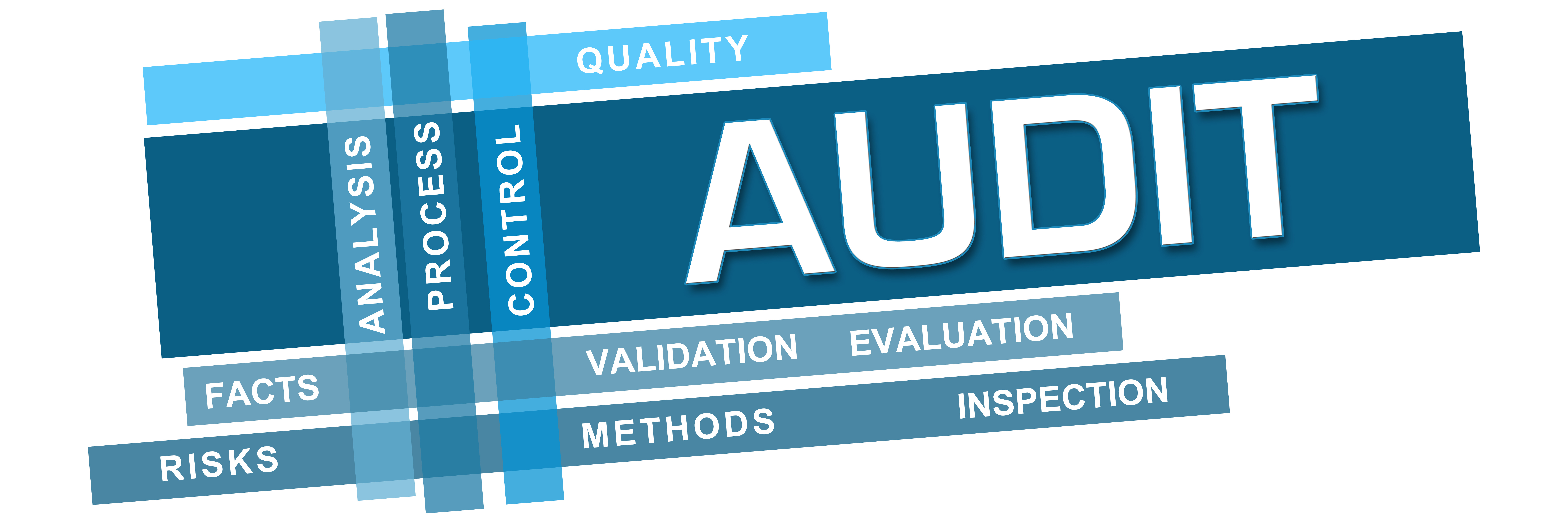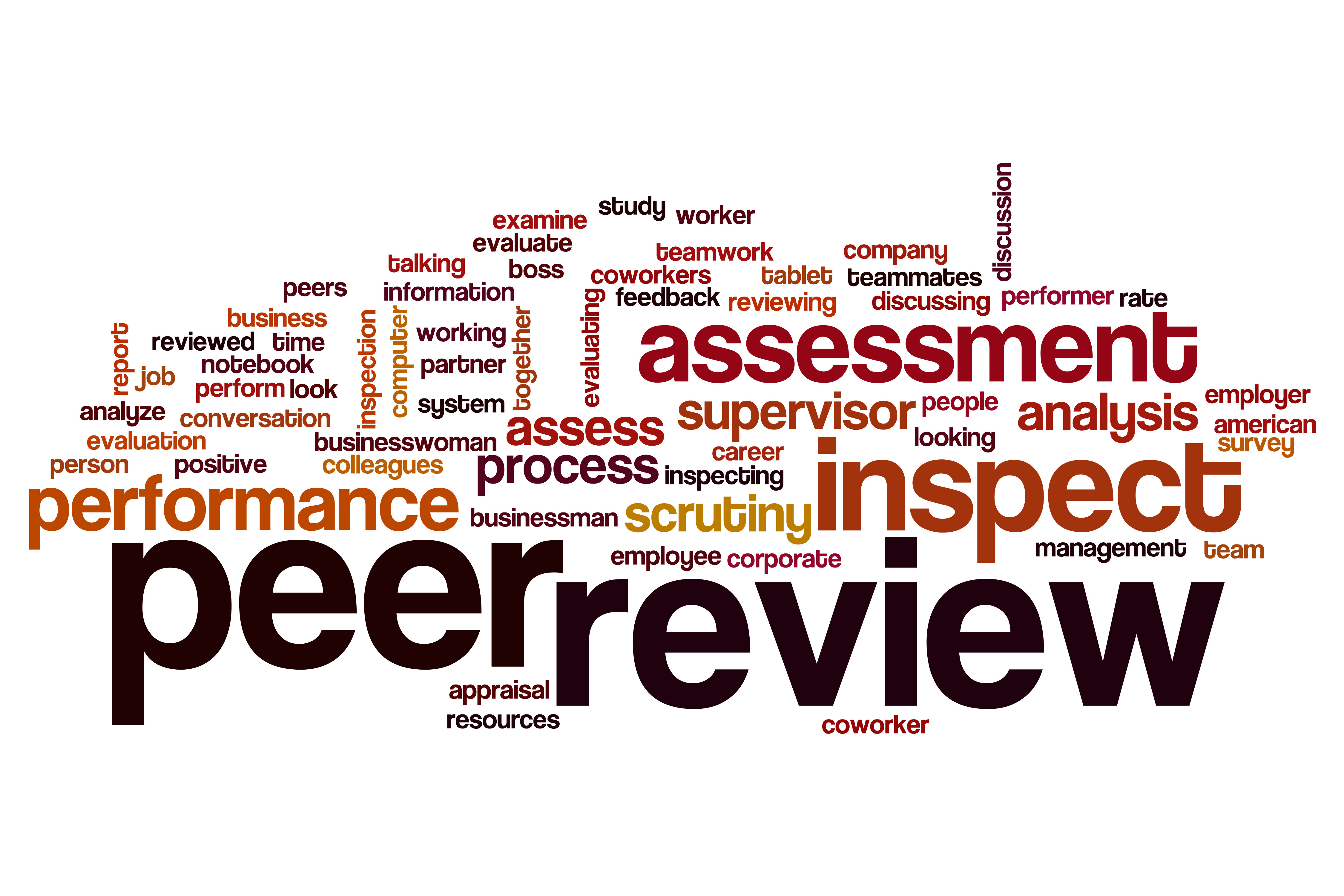CPA sanctioned by California Attorney General over audit of charity

The California AG negotiated a settlement with a charity for their alleged overvaluation of medical GIK. I say alleged because the charity, three present or former board members, the charity’s insurance company, and the external auditor all deny in the settlement they did anything wrong.
The alleged scheme, according to the AG, was the charity used two other charities, which it formed, to buy medicine in the Netherlands and then donate it back to the ‘parent’, which then recognized GIK at US prices.
The AG asserts that over the course of 25 or more transactions, the purchase of about $225,000 of medicine by the two controlled charities generated gift-in-kind revenue of about $34,900,000 in the sanctioned charity.
Of note for readers of this blog is that the CPA providing an external audit was sanctioned as part of the negotiated settlement. She audited the charity and signed its 990s. She also audited one of the controlled charities and signed their 990s.
…
CPA sanctioned by California Attorney General over audit of charityRead More »
CPA sanctioned by California Attorney General over audit of charity Read More »








